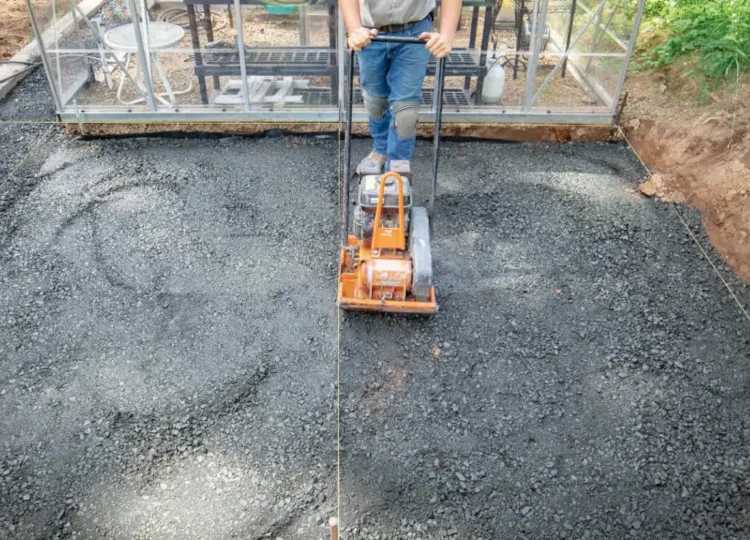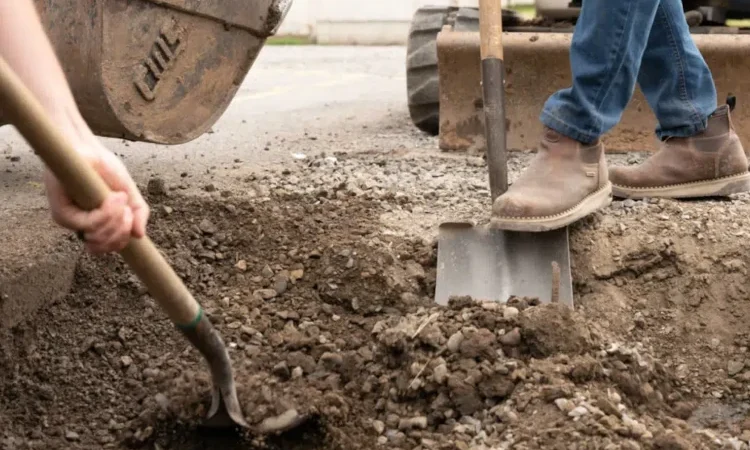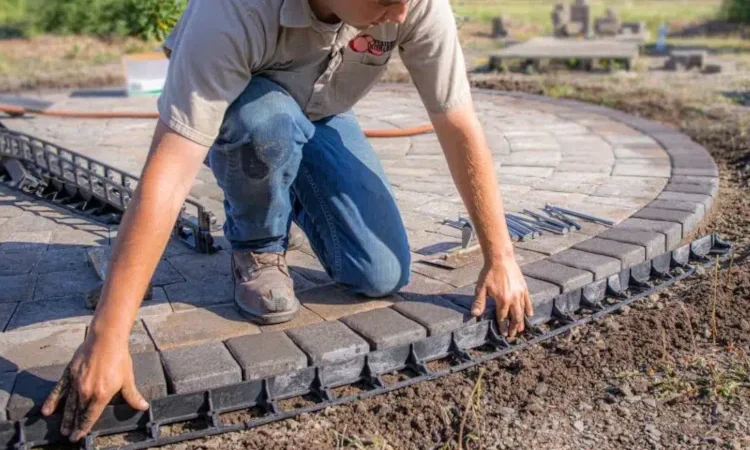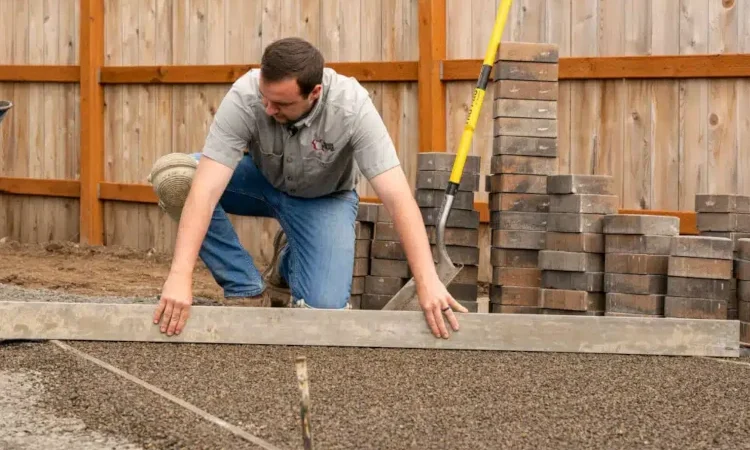Base Preparation

Proper base preparation is crucial for the successful and durable installation of paver stones. Here are the key steps involved in preparing the base for paver stone installation:
- Excavation:
- Begin by marking the area where the pavers will be installed and excavate the site to the desired depth. The depth will depend on the thickness of the pavers, the base materials, and the bedding layer.
- Typically, a depth of 6 to 8 inches is common for the excavation, but this can vary based on local conditions and the specific requirements of the project.
- Grading:
- Ensure that the excavated area is graded to allow for proper drainage away from structures and the pool. A slight slope away from the pool is recommended to prevent water from pooling on the surface.
- Compaction:
- Compact the subgrade thoroughly to create a stable and firm base. Use a plate compactor to achieve the desired compaction. This step is crucial for preventing settling and ensuring the longevity of the paver installation.
- Geotextile Fabric (Optional):
- In areas with poor soil conditions or where there is a high risk of soil movement, consider laying a geotextile fabric over the compacted subgrade. This fabric helps prevent the mixing of the subgrade soil with the base materials and provides additional stability.
- Base Material:
- Add a base material, such as crushed stone or aggregate, to the excavated area. The type and thickness of the base material will depend on factors like soil conditions and the intended use of the paved area.
- Compact the base material in layers, using the plate compactor at each stage to achieve the desired compaction.
- Screeding:
- Use a screed (a straight board or level) to level the base material. This step ensures a uniform surface for the pavers and helps achieve the desired slope for water drainage.
- Edge Restraints:
- Install edge restraints along the perimeter of the excavated area to prevent lateral movement of the pavers. Edge restraints can be made of materials like plastic, metal, or concrete.
- Bedding Layer:
- Spread a layer of bedding sand over the compacted base material. The thickness of the bedding layer will depend on the type and size of the pavers being used.
- Screed the sand to create a smooth, even surface for laying the pavers.
Once these base preparation steps are complete, you can proceed with laying the paver stones in the desired pattern, filling the joints with joint sand, and, if necessary, sealing the pavers to enhance their longevity and appearance. Proper base preparation is essential for ensuring a stable and long-lasting paver installation around a pool area.






